Nikon Z6 II vs Z7 II: 5 key differences you need to know
Find out what separates these two full-frame mirrorless cameras in our Nikon Z6 II vs Z7 II comparison
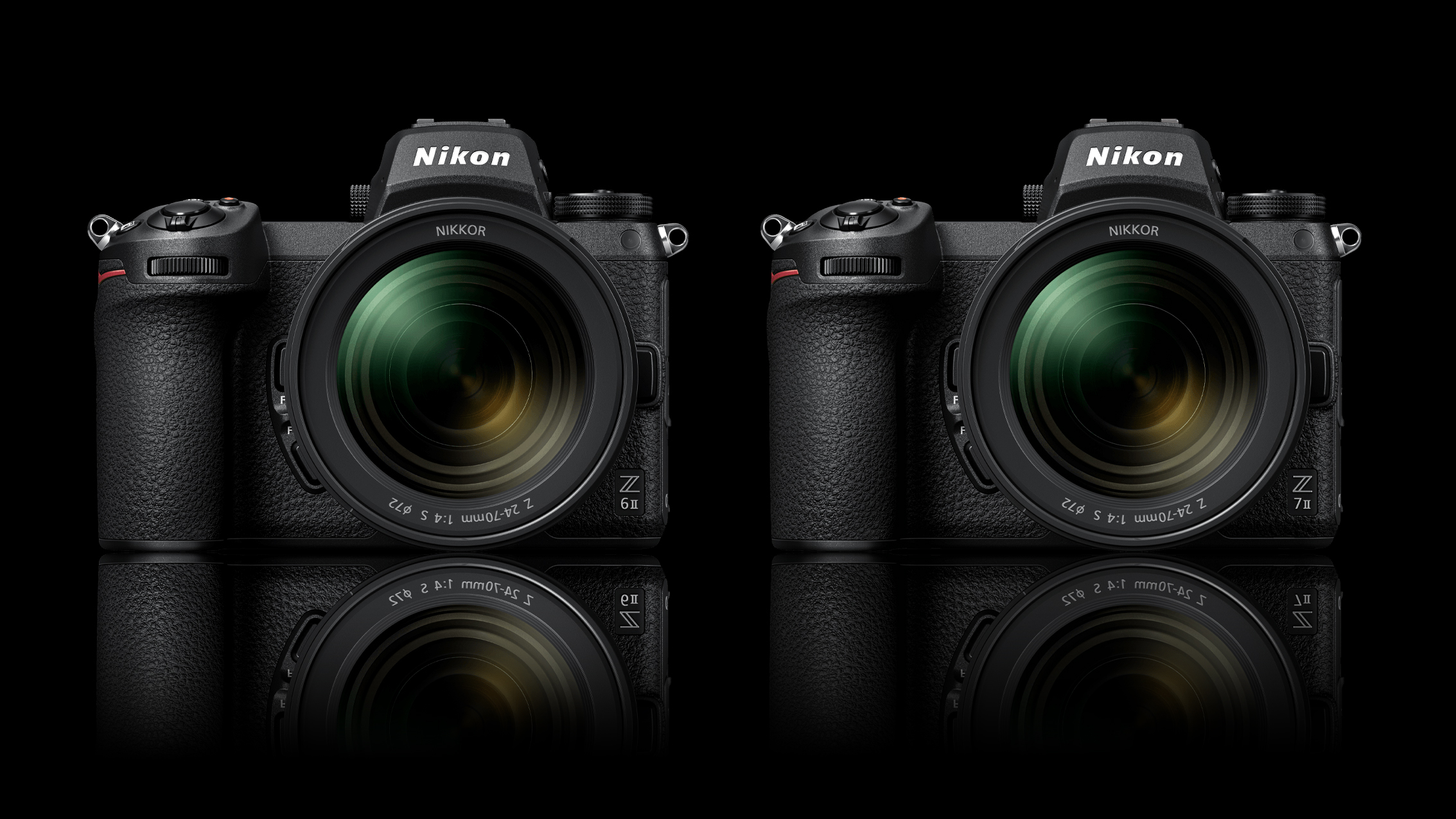
They may look identical, but our Nikon Z6 II vs Z7 II head-to-head will help you pick which one of Nikon's latest full-frame mirrorless cameras is right for you.
Launching the original Nikon Z6 and Nikon Z7 back in 2018, these two cameras have become firm favorites amongst photographers thanks to a blend of refined handling, great image quality and excellent performance. With the arrival of these 'Mark II' cameras, Nikon hopes to build on that further.
Rather than redesign these cameras from the ground up, Nikon's opted to leave the design pretty much untouched. That means that as with the the Z6 and Z7, the new Nikon Z6 II and Nikon Z7 II share the same rugged metal body and excellent weather-sealing. There has been a small change though, with the Z6 II and Z7 II a couple of millimetres fatter than their predecessors thanks to the addition of an extra card slot. So as well as the XQD/CFexpress card slot, the Z6 II and Z7 II both now have the benefit of a UHS-II SD card slot.
• Read more: Best mirrorless cameras
But what about the differences that separates these two cameras? You'd be forgiven for thinking that as the Z7 II is the flagship camera in Nikon's mirrorless range, it is the clear winner when it comes to features? It's not quite as clear cut as that however and depending on your needs as a photographer (or videographer for that matter), the Z6 II might be the more compelling option. Here we'll take a look at the key differences between the Nikon Z6 II and Z7 II to you can make an informed decision about which camera is best for you.
Nikon Z6 II vs Z7 II: Sensor
With these second-generation cameras being evolutions of the cameras they replace rather than completely new models, it’s not really a surprise to see Nikon sticking with the same sensors as before.
Both cameras then feature full-frame sensors and the advantages that they bring with them over the smaller APS-C chips, but it’s the differences in resolution that separates them here. The Nikon Z7 II sports a densely populated 45.7-megapixel sensor that’s ideal for those looking to produce large prints rich in detail, while the Z6 II features a 24.5-megapixel chip. This might not have quite the same impressive resolving power as the Z7 II, it delivers a versatile pixel count that should more than satisfy most users.
Both sensors feature a sophisticated back-illuminated design to deliver an improved high ISO noise performance, but the sensitivity range of the two cameras is slightly different. This sees the Z6 II offer a native ISO range from ISO100 to 51,200 that can be expanded to 50-204,800. Meanwhile, the Z7 II offers a lower base ISO setting of 64, but only hits 25,600 at the top of its standard range. Like the Z6 II, there is an expandable range that ranges from ISO32 to 51,200.
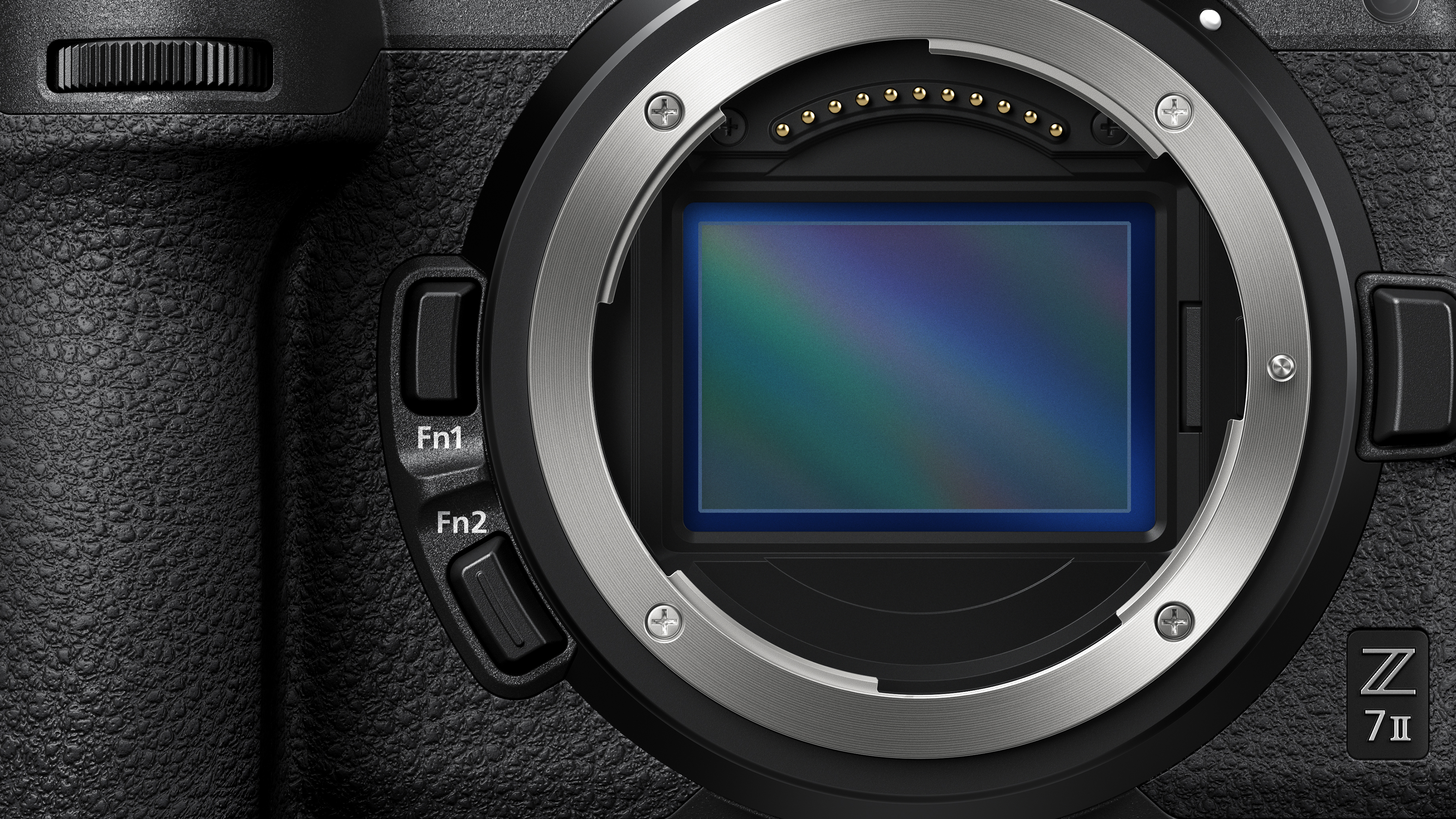
Nikon Z6 II vs Z7 II: Burst shooting
Nikon’s enhanced the processing power of both the Z6 II and Z7 II over the two cameras they replaced by adding an additional EXPEED 6 processor. This brings a number of improvements, but most notably to the burst shooting capabilities of both cameras.
This has boosted the Z6 II’s burst shooting speed to an impressive 14fps (frames per second) from 12fps on the Z6, while the 9fps burst shooting speed of the Z7 has been increased to 10fps on the Z7 II. As for the buffer on the two cameras, the Z6 II can handle 124 12-bit raw files or 200 JPEGs, while the Z7 II can capture 77 12-bit raw files and 200 JPEGs before it needs time to clear. The Z6 II has the edge here, but the performance of the Z7 II is very impressive when you consider the large file sizes it has to handle.
Nikon Z6 II vs Z7 II: Autofocus
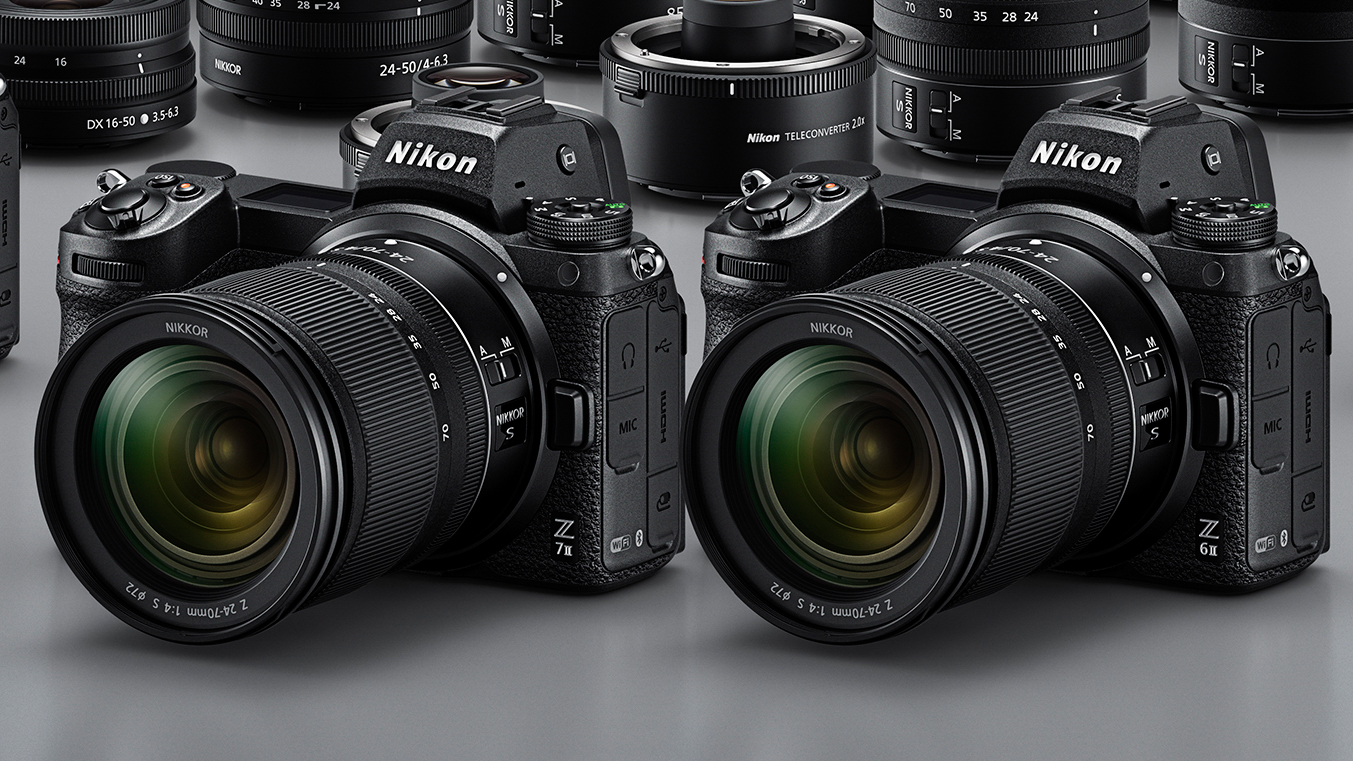
Autofocus is another key difference between the two cameras, with the Z7 II sporting an advanced 493-point phase-detect hybrid AF system, whereas the Z6 features a slightly more modest (but still impressive) 273-point phase-detect hybrid system.
Both AF systems offer 90% coverage of the frame, but it’s the AF in the Z6 II that can perform better in poor lighting conditions. This sees it focus in light levels as poor as -4.5EV, compared to -3EV for the Z7 II (with an f/2 lens). Both cameras have a low-light AF mode that improves this further, with the Z6 II able to focus at an incredible -6EV compared to -4EV on the Z7 II.
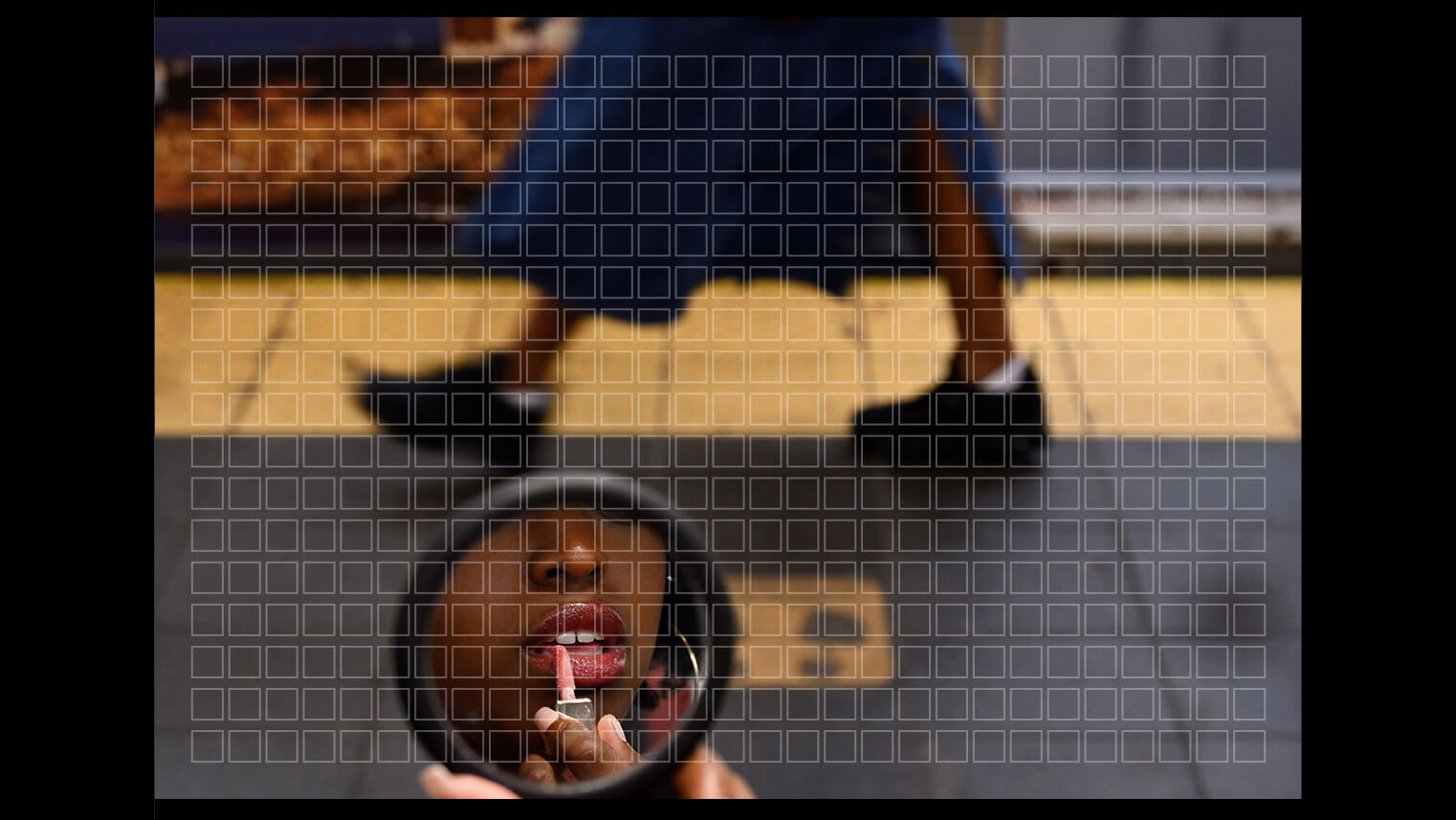
Nikon Z6 II vs Z7 II: Video
Both cameras will be capable of shooting 4K footage at 60p, but there are some subtle yet important differences. For a start, this functionality will be available on the Z7 II as soon as it starts shipping, but those who opt for the Z6 II will have to wait until a few months after launch (around February 2021) to be able to shoot at this fast frame rate. Availability aside, the Z7 II uses a 1.08x crop of the sensor to shoot at 60p, while the Z6 II uses 1.5x crop to do this. Both cameras use the full width of the sensor when shooting at 4K/30p, but expect better results from the Z6 II thanks to its oversampled 4K video.
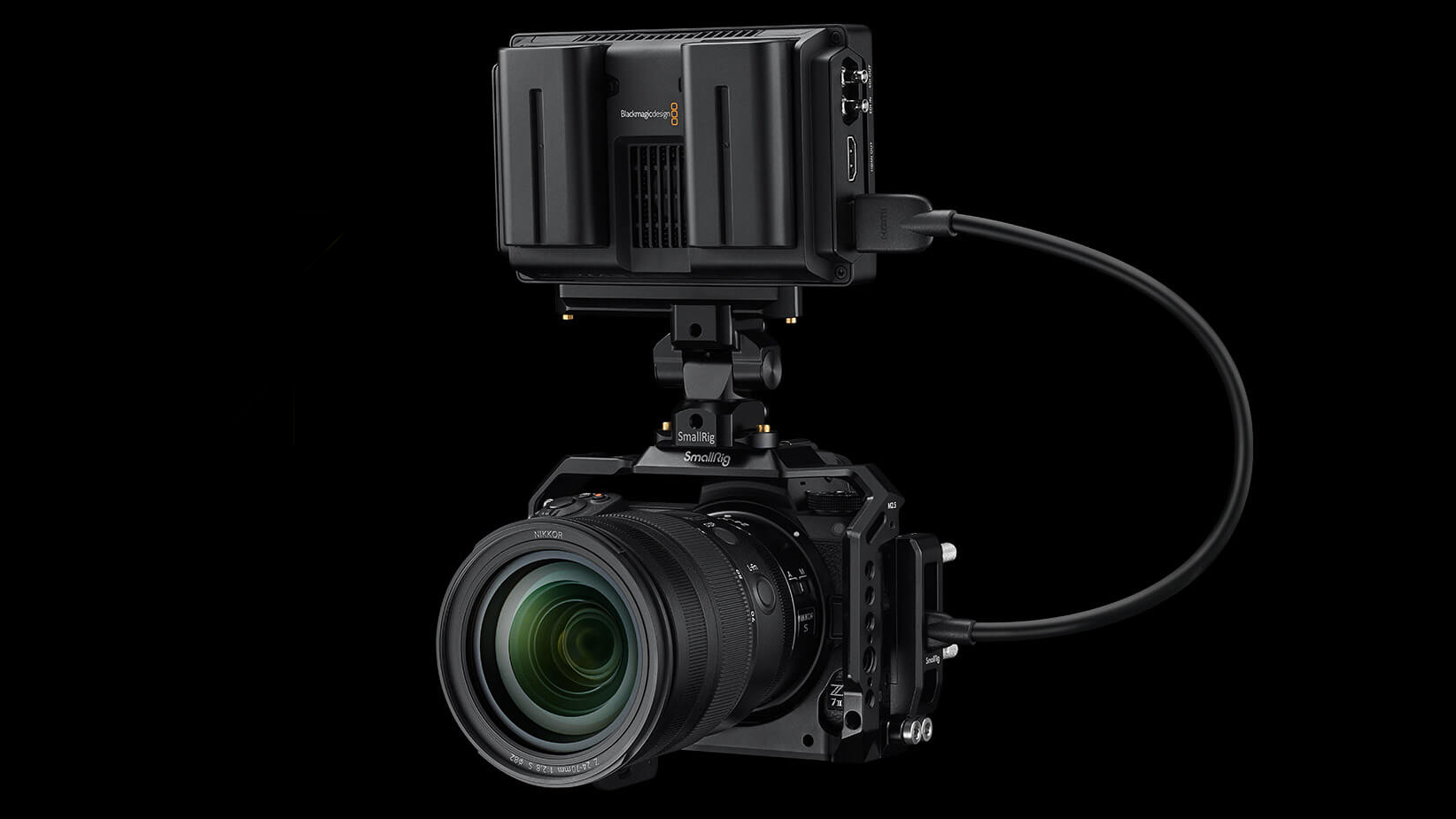
Nikon Z6 II vs Z7 II: Battery life
The claimed battery life of both the original Z6 and Z7 was a little underwhelming, with Nikon stating 310 shots for the Z6 and 330 shots for the Z7.
While real world shooting found that this was a conservative rating, Nikon’s looked to improve this for the Z6 II and Z7 II with a higher capacity battery, the EN-EL15c. This has seen an increase in shots per charge for both cameras, but again the Z7 II has a slightly longer battery life with 420 shots with the LCD, and 360 shots through the viewfinder. Meanwhile, the Z6 II is just a little lower at 410 shots with the LCD and 340 using the viewfinder.
Read more:
Nikon Z5 review
Nikon Z6 review
Nikon Z7 review
Nikon Z6 II review
Nikon Z7 II review
Nikon Z50 review
Best Nikon Z lenses: the best lenses for the Nikon Z5, Z6, Z6 II, Z7, Z7 II and Z50
Nikon Z lens roadmap
Get the Digital Camera World Newsletter
The best camera deals, reviews, product advice, and unmissable photography news, direct to your inbox!
Phil is the Managing Editor of Top Ten Reviews, and is a former Editor of Techradar's camera channel. He is an accomplished photographer, and specializes in shooting cycling and fast cars.

